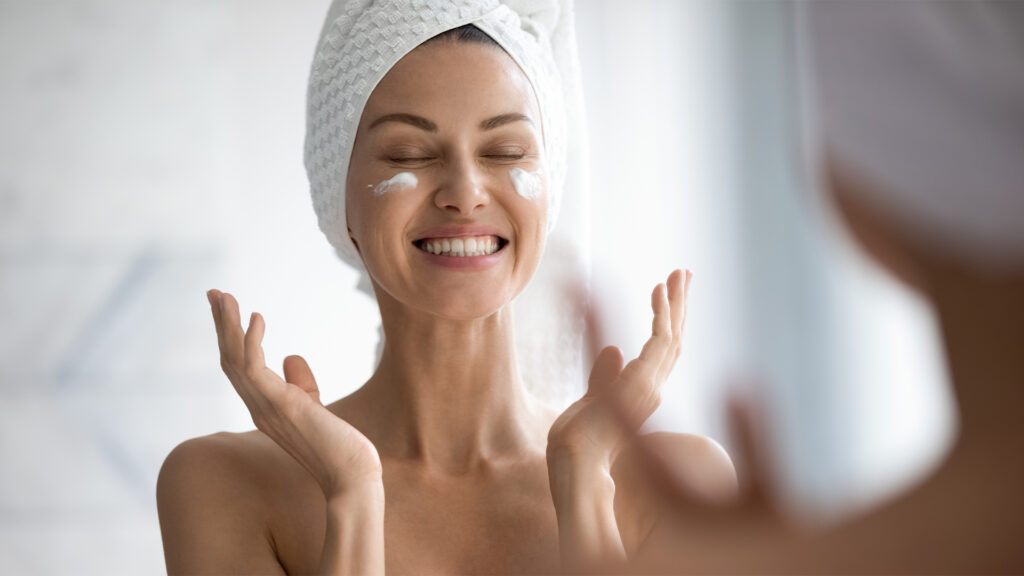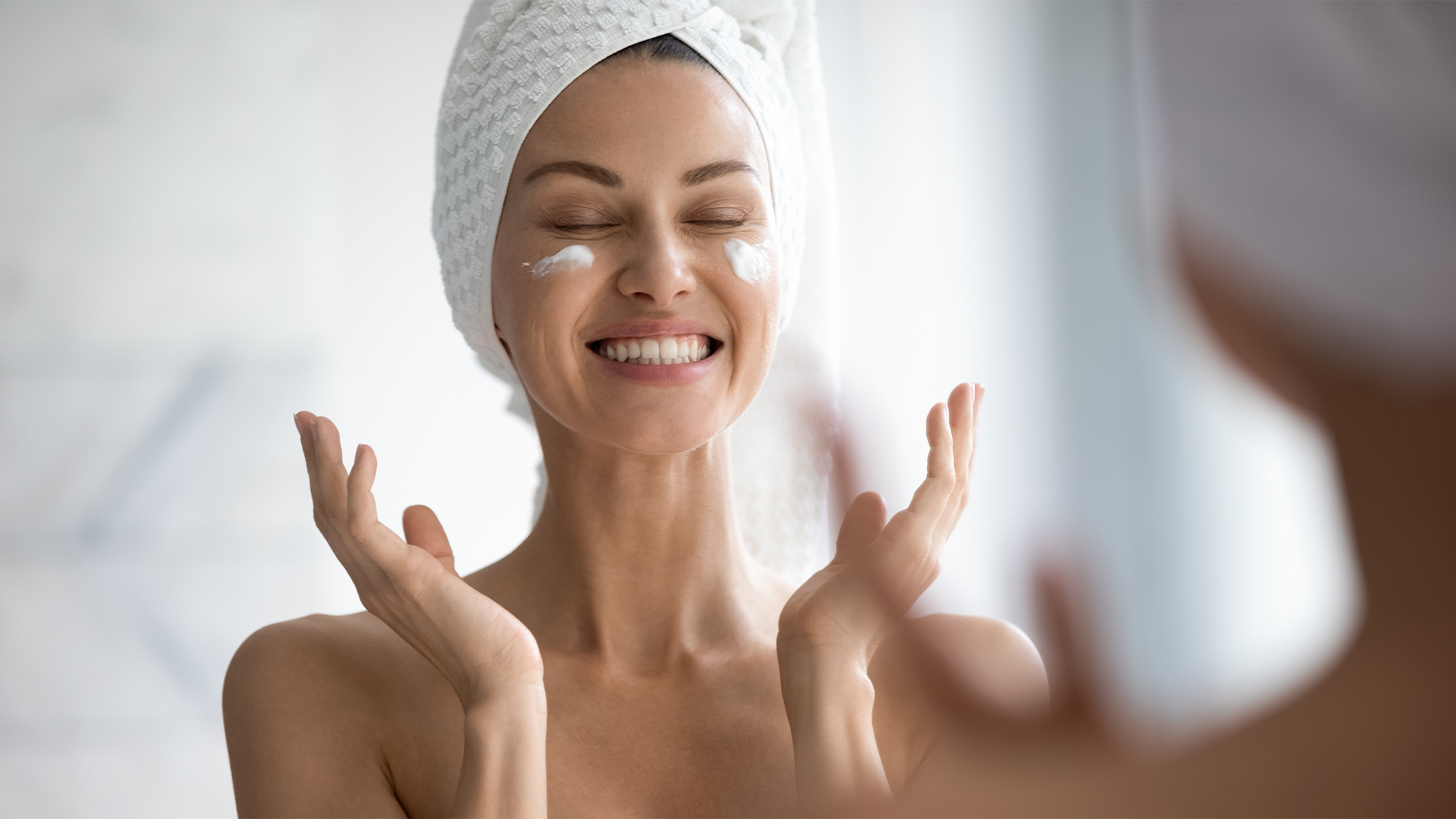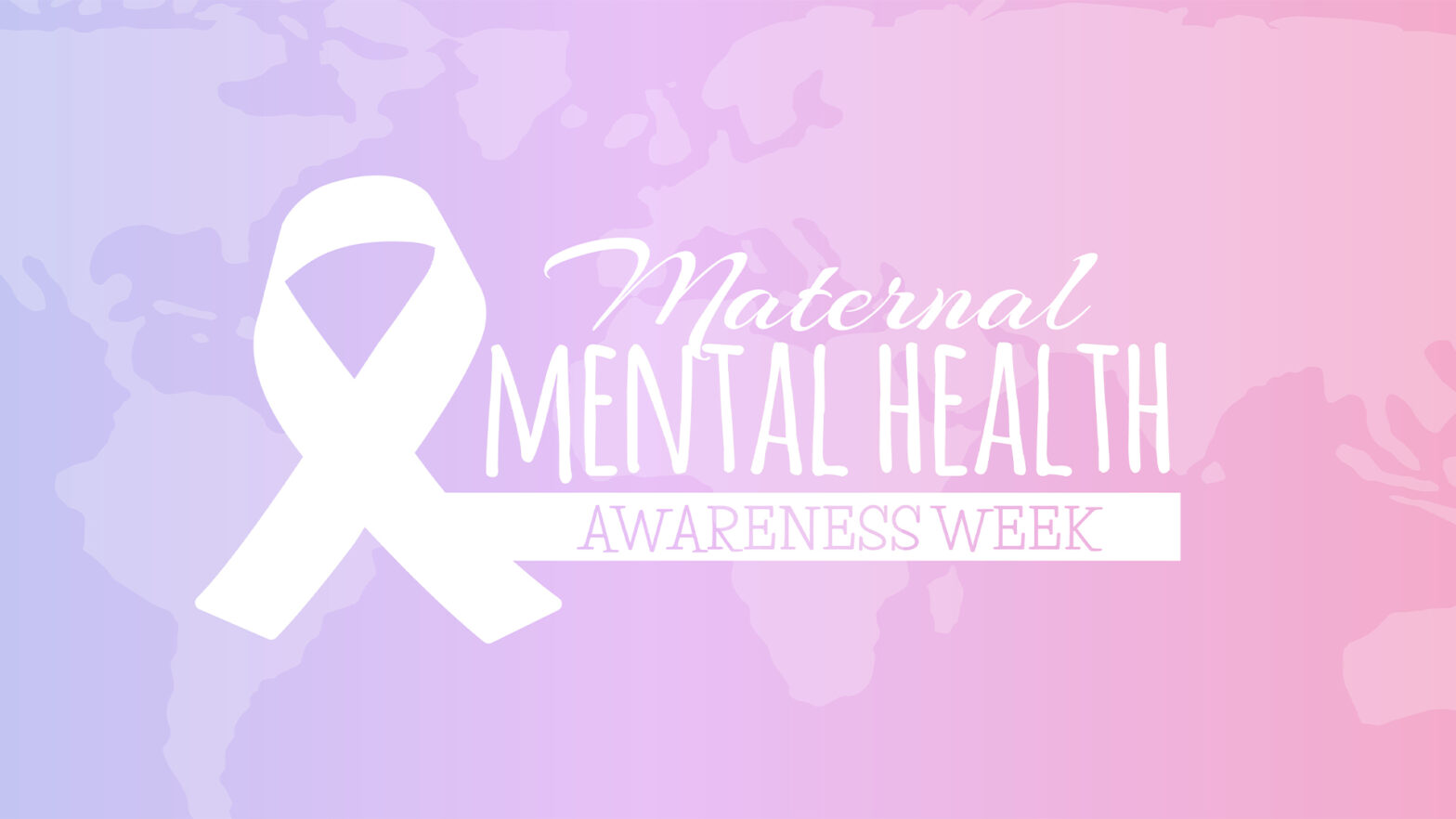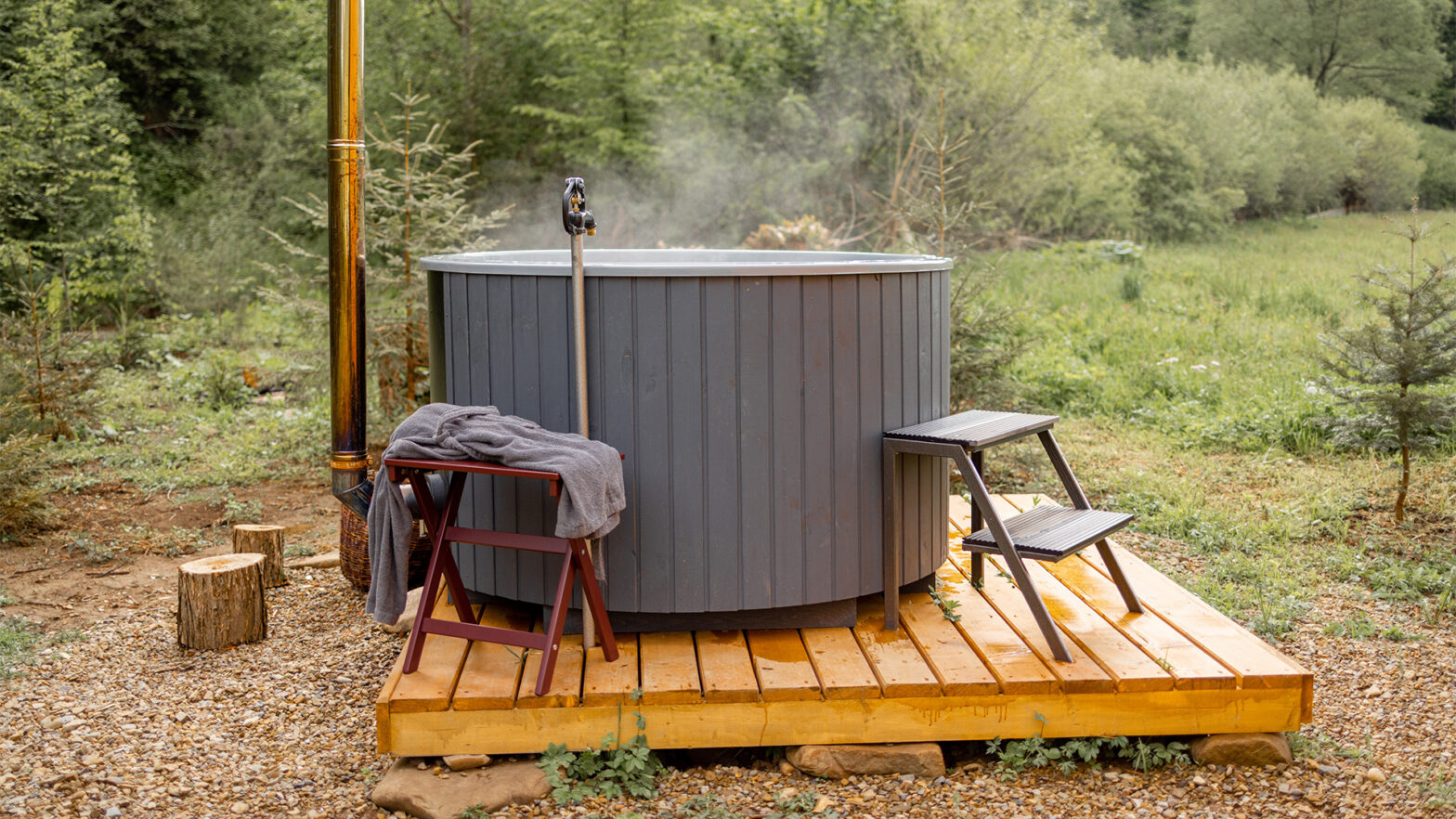
Anti-ageing, sensitive, detoxifying, three-step, seven-step, ‘clean beauty’, ‘glass skin’ – with so many different buzzwords and regimes in the skincare industry at the moment, it can be difficult to know how best to care for your skin.
According to research, 79% of UK consumers are overwhelmed by the wealth of choice currently available within the skincare sector. 80% of women surveyed felt confused by the industry as a whole, with 62% of all surveyed calling for more simplistic skincare regimes.
Recent months have seen concern growing around the number of young children relying on social media platforms, in particular TikTok, for skincare advice. This has led to a trend among girls as young as nine asking their parents for expensive and intensive anti-ageing skincare.
Some of the stronger ingredients in these products, including retinol and vitamin C, can cause serious damage to young skin if used improperly. The current obsession around high-end, acid-based skincare amongst young children has even led to prominent TikTok users satirising the situation and highlighting the dangers of using such harsh skincare on very young skin.
Most of us know that anti-ageing skincare should be used as a preventative measure – we should be putting it on our skin before we begin to see those tell-tale signs of ageing. So, how young is too young to start an anti-ageing skincare regime?
In order to cut through the confusion and bring you the answers you need, the anti-ageing skincare experts at Carol Joy London reveal the skincare regimes you should be practising for your age bracket.
Key findings
- 79% of UK consumers are overwhelmed by the wealth of choice currently available within the skincare sector.
- Research shows that 80% of women feel confused by the skincare industry.
- 62% of UK consumers are calling for more simplistic skincare regimes.
- Social media has led to a trend among girls as young as nine asking their parents for expensive and intensive anti-ageing skincare.
- Some of the stronger ingredients in anti-ageing skincare products can cause serious damage to young skin.
- The obsession around high-end, acid-based skincare amongst young children has led to prominent TikTok users satirising the situation.
- Young teens and tweens should be focusing on practising good hygiene when it comes to their skincare routine, prioritising cleansing.
Skincare in your teens
Young teens and tweens should be focusing on practising good hygiene when it comes to their skincare routine. Faeye McCawly, Head Global Trainer at Carol Joy London reveals, “Young people should be using a mild cleanser, morning and night, and a simple moisturiser afterwards.” This is enough to keep very young skin cleansed, healthy and moisturised.
SPF is another essential, regardless of the age of your skin, so encouraging young teenagers to start applying sun protection every day as part of their routine is a great way to start a good habit.
Older teens with spot-prone skin might want to look at using a cleanser that contains salicylic acid to help minimise breakouts and control oil production. Salicylic acid works to penetrate the layers of your skin and unclog pores, revealing a clearer complexion.
However, if you or your child is struggling with severe acne, it’s always best to consult your doctor or dermatologist before trying something new on your skin. A medical professional will be able to prescribe the best treatment for your particular skin type and kind of acne.
The routine
- Cleanse.
- Moisturise.
- SPF (morning only).
Skincare in your 20s
Your natural collagen production tends to begin to decrease when you turn 25 – this is when you should start to use gentle anti-ageing products. Look for treatments that include collagen peptides over retinol-based products.
Faeye explains, “Retinoids are stronger treatments that should be reserved for your later 20s. Collagen peptides are far better for younger skin, as they help stimulate your natural collagen production and work to smooth and plump, giving you a lovely radiant complexion.”
Cleansing is still one of the most important steps in your skincare regime – you may even want to double cleanse at night. The first cleanse removes makeup and the daily build-up of oils and dirt, while the second purifies your skin at a deeper level.
If your skin is uneven or prone to breakouts, you can use an exfoliant every two to three days. Opt for liquid exfoliants containing beta-hydroxy acids (BHAs) that work to combat oily skin. An exfoliant containing alpha hydroxy acids (AHAs) can also help breakout-prone skin, while simultaneously targeting the early signs of ageing, such as fine lines.
Next, you’ll want to treat any specific skin concerns. For instance, if you’re experiencing a dull, lacklustre complexion, look for products containing vitamin C, which can help to brighten the skin. However, you should never use retinol at the same time as vitamin C, so always be mindful of which products you’re pairing. Faeye says, “You can also start to use a light caffeine-infused eye cream in your twenties to prevent dark circles and puffiness.”
When it comes to your moisturiser, consider how much hydration your skin needs. Faeye explains, “If you have dry, itchy or tight skin, a hydrating cleanser and intensive moisturiser are a must. But those with oily skin are often tempted to skip adding further moisture. However, your skin might actually be producing excess oil because it’s crying out for moisture!”
The final step is that all-important SPF. Sun protection is essential for our skin and overall health, but it has the added benefit of keeping our skin looking younger for longer. Overexposure to the sun can cause premature skin ageing, including the presence of fine lines and sagging skin.
The routine – morning
- Cleanse.
- Exfoliant/serum.
- Eye cream.
- Retinol (only in the evenings, in your late 20s).
- Moisturise.
- SPF (morning only).
At night, exfoliate or apply a face mask to treat specific skin issues at least once a week.
Skincare in your 30s
In your thirties, cleansing remains essential. Make sure that your cleanser focuses on hydration to keep your skin supple as you leave your twenties.
Adding a toner will help to keep your skin looking radiant while gently exfoliating. “A good toner will also prepare your skin to receive the subsequent products in your regime, allowing serums and moisturisers to penetrate deeper into your skin,” Faeye advises.
“Toners formulated with alpha hydroxy acid (AHAs) can help boost hydration and target the signs of ageing, such as dark spots and hyperpigmentation for a smoother, more even complexion.”
Your thirties are the time to start using stronger anti-ageing serums and eye creams that feature ingredients like retinol. Products with retinol increase your skin cell turnover, keeping skin looking smooth and supple. Remember not to use retinol products with skincare containing vitamin C at the same time – keep vitamin C for your morning routine and retinols for the evening.
Use a vitamin C serum in the morning to refresh and brighten your skin – it has the added bonus of boosting the properties of your SPF! Apply your retinol at night to target the signs of ageing while you sleep – plus, some retinols can make your skin extra sensitive to the sun, so they’re best applied at night. Exchange your previous moisturiser for one that specifically targets the signs of ageing and then finish your routine with SPF.
The routine – morning
- Cleanse.
- Tone.
- Anti-ageing serum (vitamin C or peptides).
- Moisturise.
- SPF.
The routine – night
- Cleanse.
- Tone.
- Retinol.
- Eye cream.
- Moisturise.
Skincare in your 40s+
When you reach your forties, you’ll likely be starting to lose elasticity in your skin as you approach the perimenopause. As you reach your fifties and sixties, this lack of hydration and loss of suppleness will continue as you deal with menopausal and post-menopausal skin.
Your skincare regime can provide relief from the symptoms caused by his life change. You still need to cleanse, but you’ll want to choose a gentler product that focuses on hydration.
Faeye suggests using a face mask once or twice and week to reduce hyperpigmentation and age spots. “Look for formulas that contain collagen peptides and native collagen fibres to soothe skin, calm redness and reduce fine lines.”
Use retinoids at night to further combat the signs of ageing and keep your skin looking smooth and youthful. Remember never to combine retinol-containing products with vitamin C serums.
A face oil can offer extra hydration if you’re dealing with very dry, uncomfortable skin. Apply this oil at night as the final step after your eye cream and moisturiser. If you’re noticing some puffiness around your cheeks and eyes, this is normal and occurs because our lymphatic drainage begins to slow when we reach our forties.
Massage your face and neck as you apply your face oil and moisturiser to help stimulate this process. Faeye recommends using a face roller to massage your skin: “A roller made from precious stones, such as rose quartz, can also stimulate blood flow and boost collagen production.”
When it comes to your moisturiser, focus on richer textures featuring collagen peptides to keep skin looking plump and smooth. Finally, always remember to apply your SPF.
The routine – morning
- Cleanse.
- Anti-ageing serum.
- Moisturise.
- SPF.
The routine – night
- Cleanse.
- Face mask (use weekly).
- Retinol.
- Moisturise.
- Face oil and facial massage.
It’s important to remember that anti-ageing skincare should start as a preventative measure and continue to be used to maintain youthful skin. We should start to use these products in our mid-twenties before we start to see the first tell-tale signs of ageing. Combat dark circles, fine lines, age spots and wrinkles with our tailored skincare regimes and enjoy radiant, smooth skin. No matter your age, there’s a skincare regime for you.

















